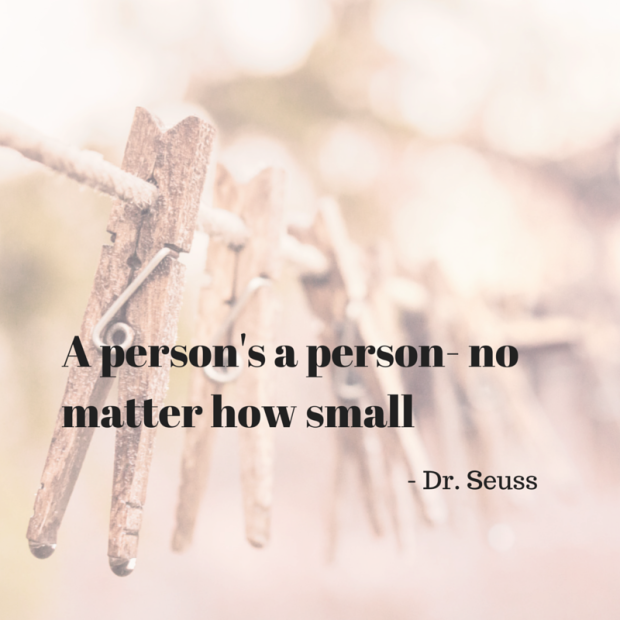
People are People, No Matter What
A couple of weeks ago, I had three profound experiences I feel compelled to share. First, I read in The Washington Post about pending legislation in Kansas that would place restrictions on how recipients of cash assistance (welfare) spend their money. This includes prohibiting recipients from using their assistance money to attend a swimming pool, arcade, spa, cruise ship, or on a laundry list of other expenses deemed “luxuries.” In addition, the proposal includes a requirement that those accepting cash assistance may only withdrawal a maximum of $25 a day from an ATM, all in an effort to promote self-responsibility and accountability. Other states have proposed similar laws, including restricting food stamp recipients from purchasing items like steak and lobster. The inherent malice behind these proposals is disturbing. Not only is this indicative of a general distrust of poor people, but the ignorance it demonstrates is even more troublesome. This legislation suggests complete disregard for the realities of a life in poverty. Most of the poor people I’ve worked with have never been on a cruise, had a manicure, or even tried lobster. And swimming pools? As usual, the biggest victims of this proposal are children. How do we expect to close the achievement gap when our poorest children are denied access to basic childhood experiences, like a trip to the pool or a video arcade? This is a sad example of elected officials wasting valuable taxpayer money and time to propagate every possible stereotype about people in poverty; that they can’t manage money, are irresponsible and impulsive, and need other people to make decisions for them. The reality is that many poor people, given their extremely tight budgets, are often better equipped to manage their money than those who have more and can afford to be less careful in their spending. It’s about survival. The story that doesn’t get told enough? Only a very small percentage of poor people receive cash assistance of any kind, and a large portion of the recipients are children. And the monthly payments that many surmise are misused on “luxury items”? A whopping $400 in most cases. Families receiving cash assistance remain poor.
The second related experience of my week occurred while attending something called a COPE or Cost of Poverty Experience, simulation. These events divide attendees into families of different shapes and sizes. Participants are given roles and scenarios to act out, designed to replicate the month in the life of a low-income family. The two-hour experience is a whirlwind of red tape, evictions, lost jobs, broken-down cars, high-stakes decision making, high-interest loans, judgment and distrust from others, and ultimately, mental exhaustion, stress, and despair. Through this opportunity, I was reminded of the sheer difficulty of a life lived in poverty. Being poor is really, really hard.
It occurred to me that we often categorize the poor as “others”—people not like us, who, like an anthropologist, we must study to fully understand, and then develop programs to manage what we perceive as their innate deficits. Poor people are viewed as people different than the rest of us. This incorrect assumption has harrowing results at all levels. Spend some time with some poor people (you shouldn’t have to look far—your neighborhood, your church, your workplace…) and quickly you will find that they are just like us, only dealing with circumstances most of us could never imagine. I believe that the closer we can come to this truth, the closer we can come to developing truly compassionate and effective policies.
Finally, a third thing happened this week that provided me with a much needed dose of inspiration. I introduced my two-year-old son to “Horton Hears a Who,” which I had not read in many years. While, frankly, my son had no idea what was going on, I was reminded of the infinite wisdom of Dr. Seuss. In the story, Horton (an elephant) finds a miniature town filled with people called Whos, existing on a tiny speck of dust. Acknowledging their vulnerability, he commits to protect them. Everyone around Horton, who cannot hear the faint noise from the tiny town, is certain that Horton is crazy. As he works to protect the Whos and convince the others of their existence, he upholds that “a person’s a person, no matter how small.” Eventually, the Whos works together to strengthen their calls, and are recognized by Horton’s adversaries, who then also become committed to protecting the fragile town and its people. While the lessons in this tale are numerous (originally written to symbolize America’s postwar occupation of Japan), for me, it served as a reminder of a vital task of poverty advocates in the nonprofit world. We must amplify the voices of those who can’t be heard, so that, whether they live on a speck of dust, a fancy mansion, or a high rise apartment, others can be reminded that people are people, no matter what.
About the Author: Rose Frech, Fellow, The Center for Community Solutions


